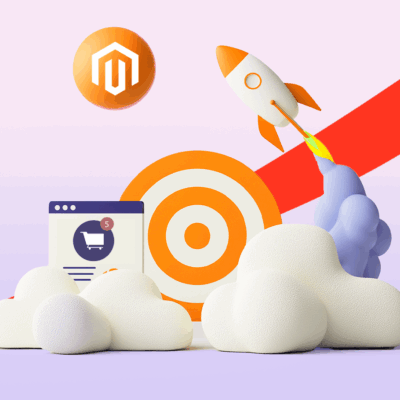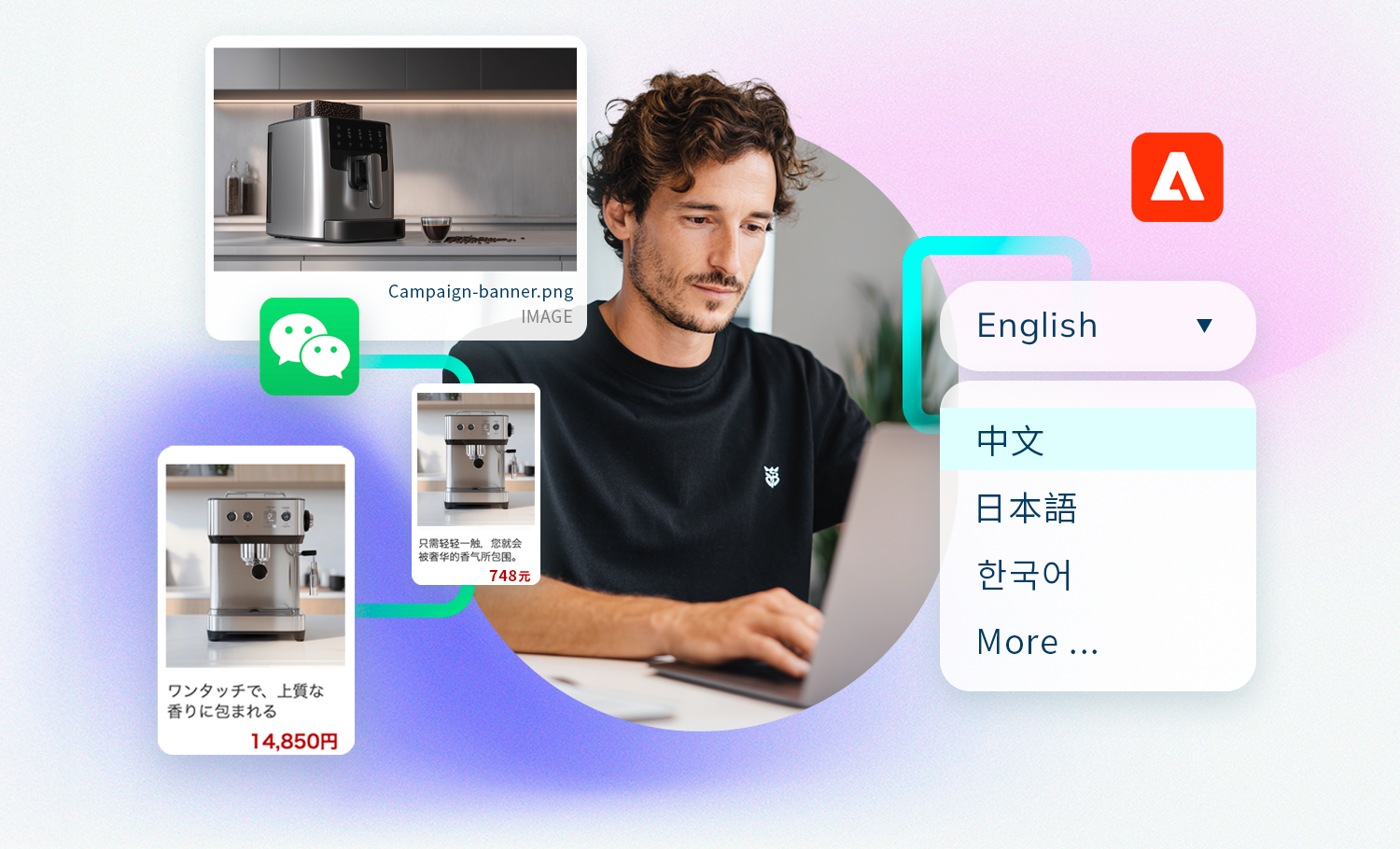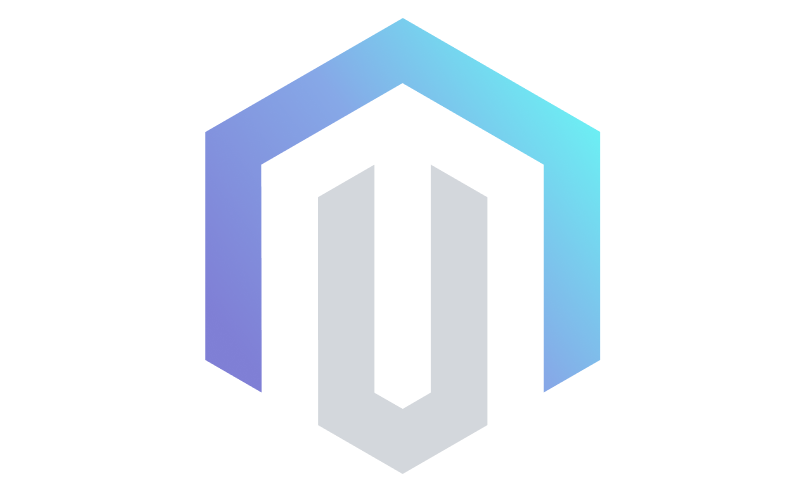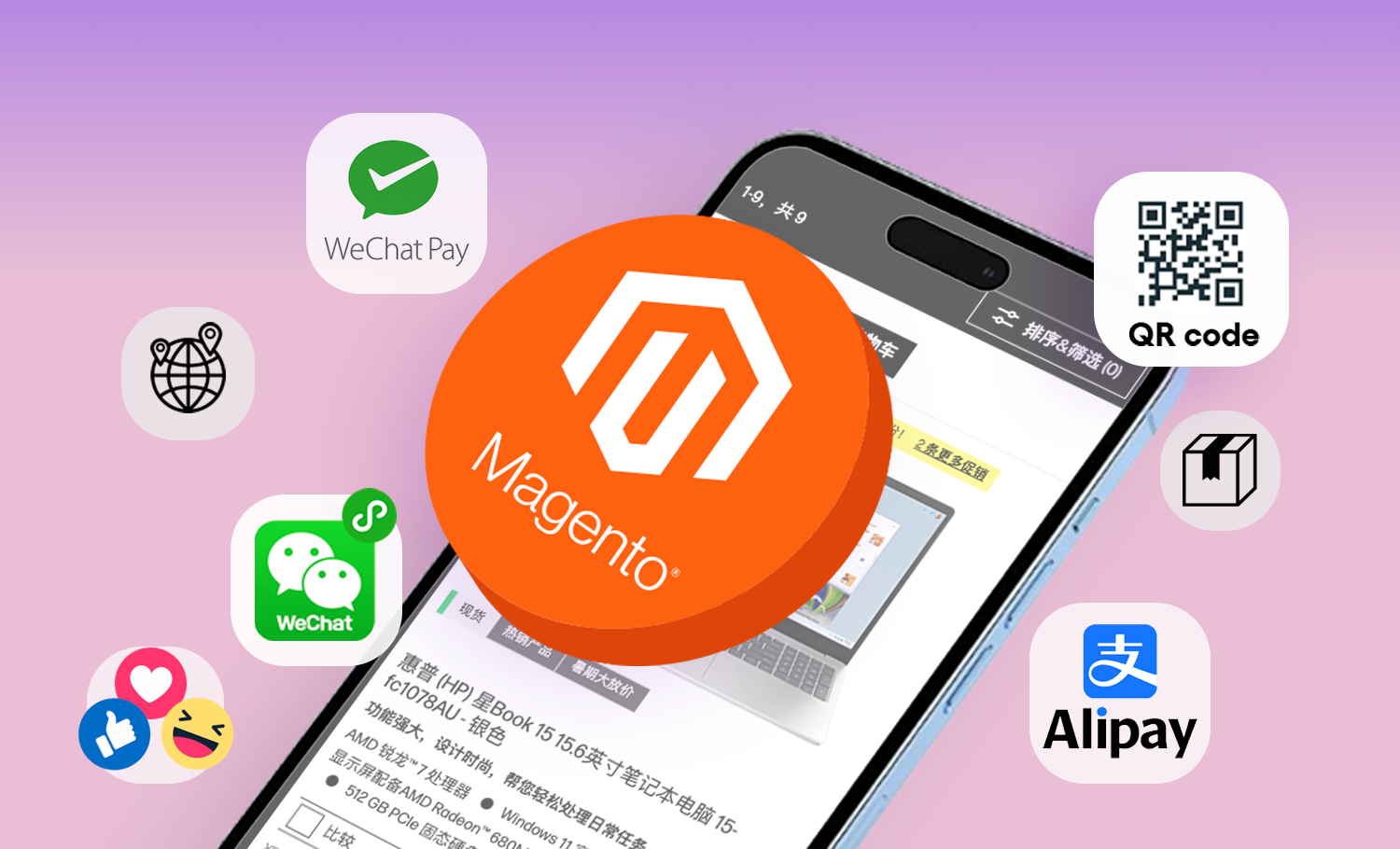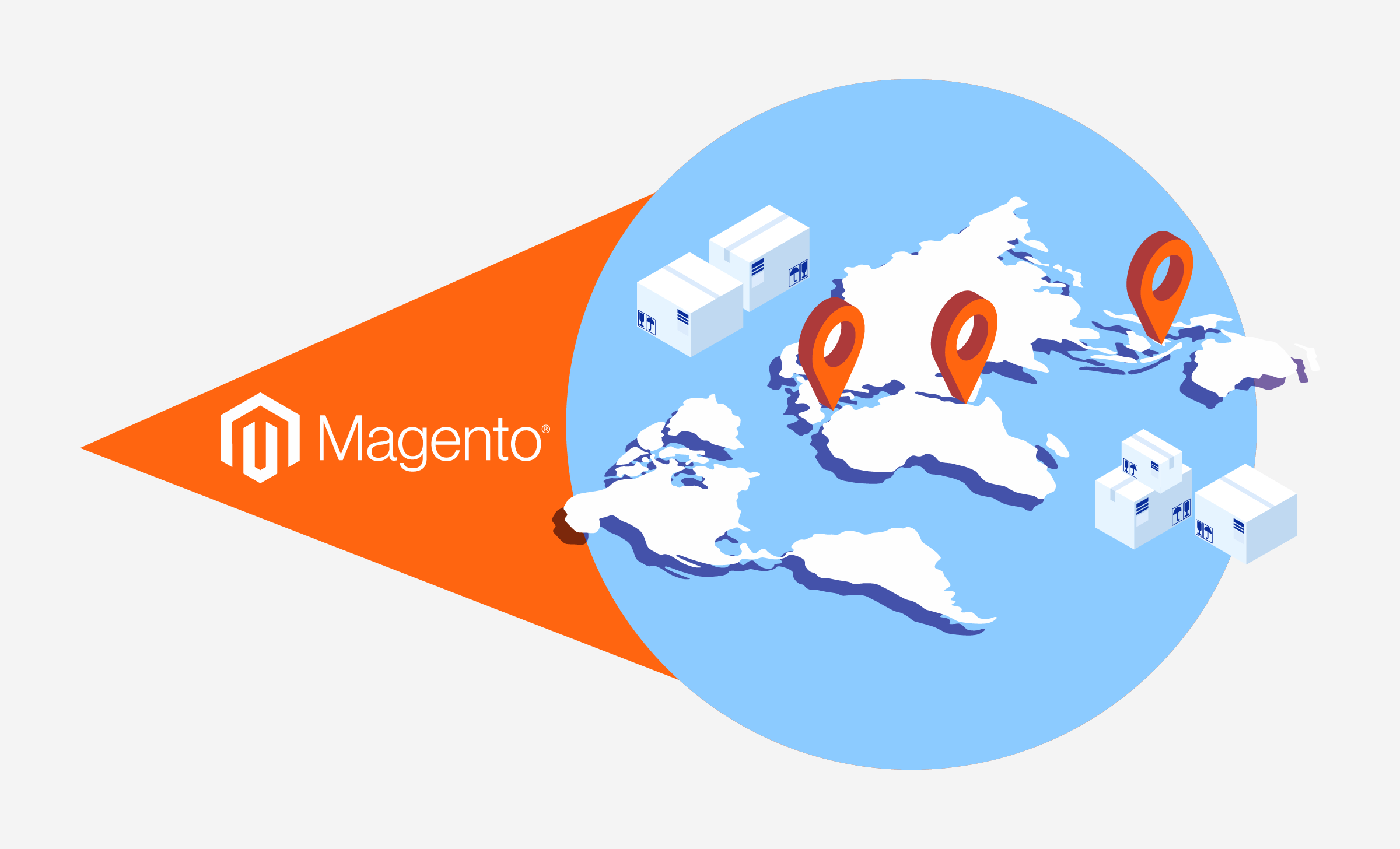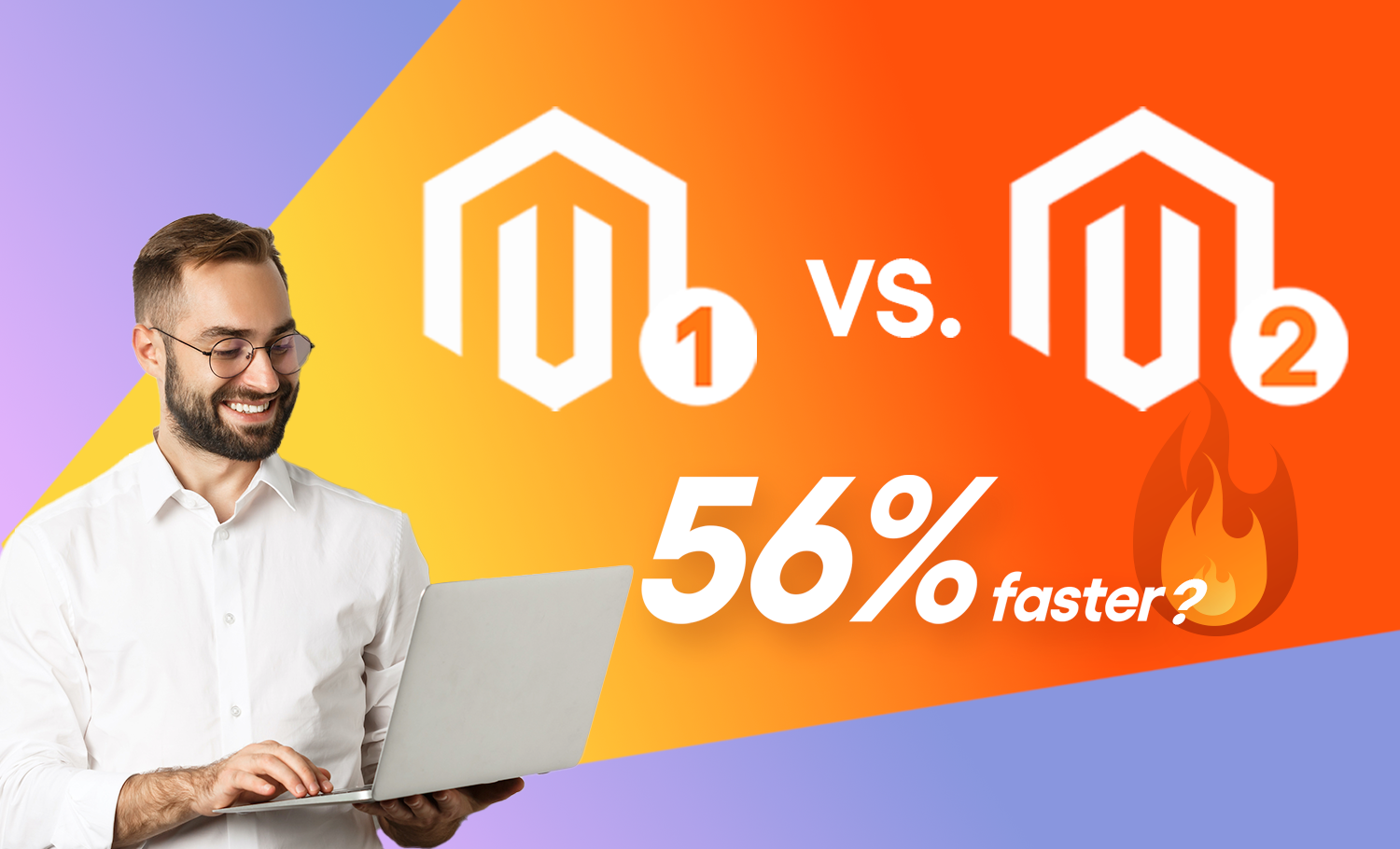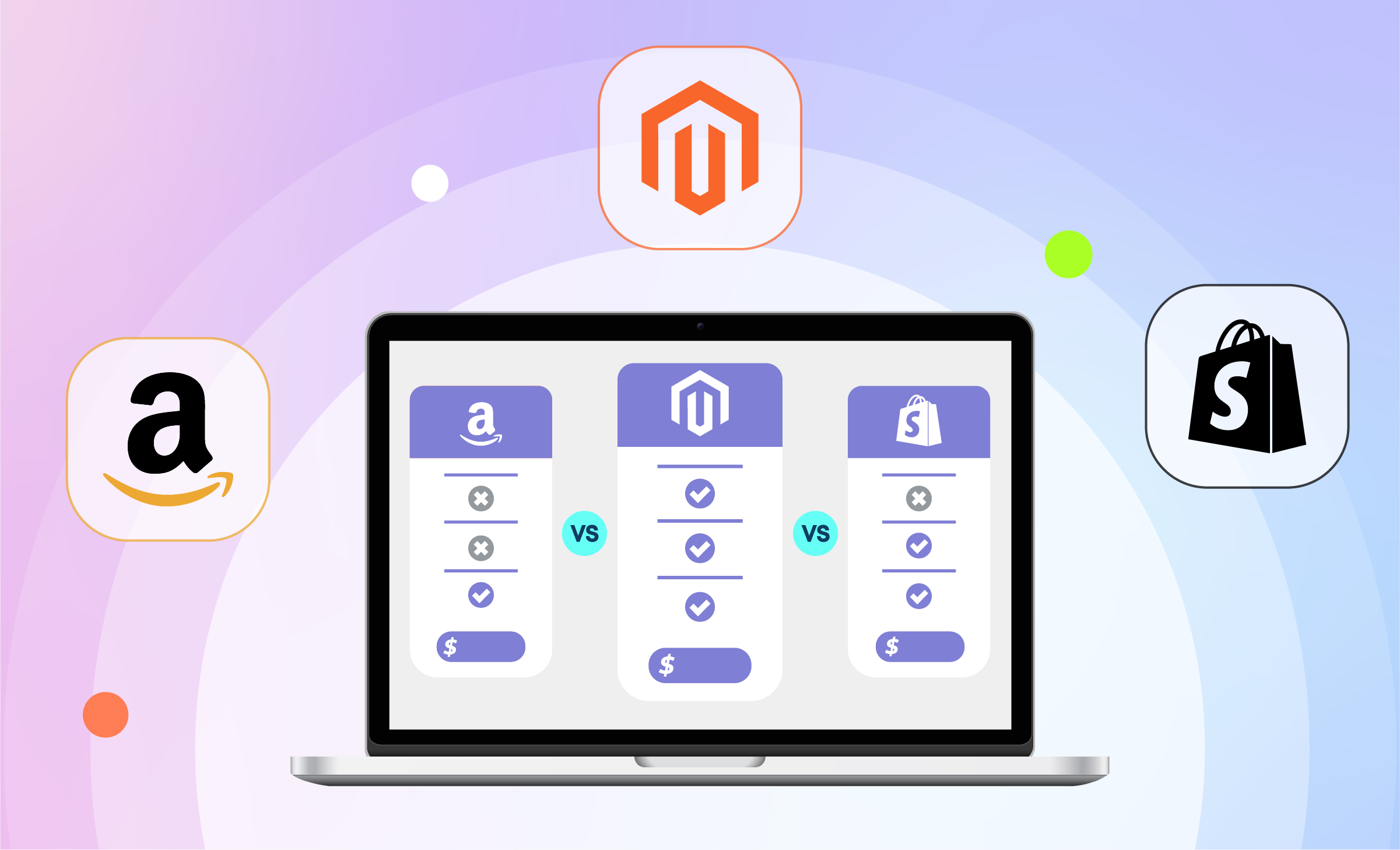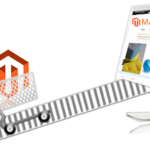In addition to shifting customer expectations and rapidly evolving market dynamics, the technology that powers eCommerce is also advancing at an unprecedented pace. To stay competitive, brands need digital infrastructure that can evolve just as fast without the need for constant reinvention: future-proofing eCommerce stacks is now a necessity.
At the core of this transformation lies eCommerce website architecture. Traditional monolithic systems are increasingly unable to support the pace and flexibility modern brands demand. This is where two technologies, Headless Commerce and Progressive Web Apps (PWA), are driving a significant shift in how future-ready businesses operate.
According to a recent Gitnux report, 70% of online retailers are considering or already implementing headless platforms. At CAGR of 22%, the message is clear: businesses that delay risk falling behind more agile competitors.
But what exactly is headless commerce? How does it relate to PWA? And why are these technologies considered essential for scaling modern eCommerce? In this article, we break down the limitations of legacy systems, explain the architecture behind headless + PWA, and offer a practical roadmap for brands preparing for their next phase of growth.
1. The End of Traditional Architecture: High Cost, Inflexible, & Difficult Iteration
Traditional eCommerce platforms have served their purpose, but many growing businesses now find themselves constrained by their limitations. Rigid front-end and back-end coupling means that even small updates can require weeks of coordination across teams.
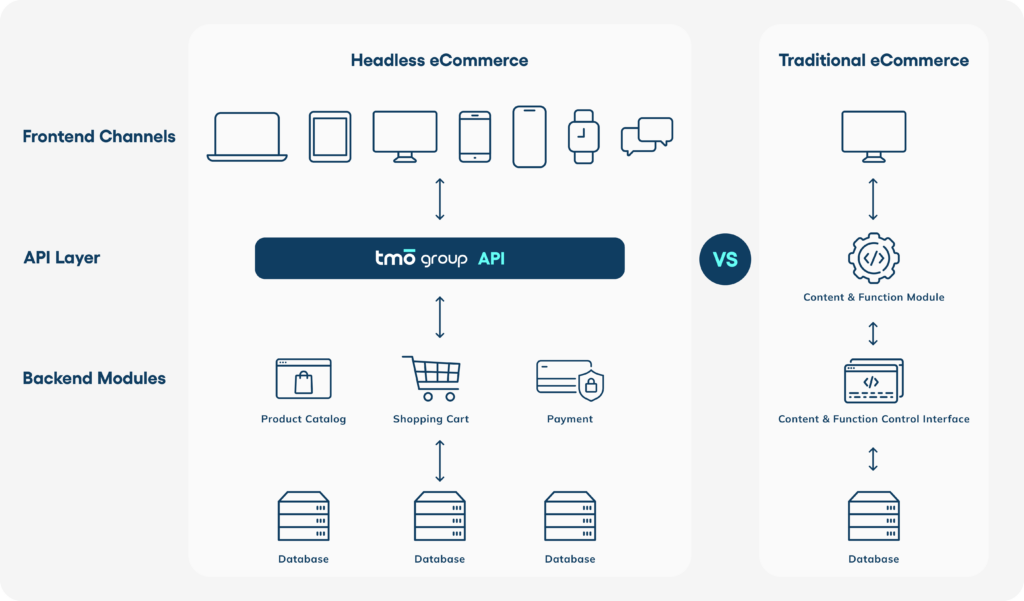
One issue that we often see is global customers having trouble localizing under the one-size-fits-all architecture. For example, one brand operating in Southeast Asia was experiencing a good conversion rate in Indonesia, but a 75% lower rate in Thailand. Here, localizing for markets with different including payment gateways and interfaces, language preferences, and regional promotions was vital to address underperforming regional stores:
- On a monolithic platform, these changes require rewriting significant portions of the codebase, delaying launch and increasing costs and the risk of bugs.
- With a decoupled headless setup, the front-end team can move quickly while the back-end logic remains untouched.
| Architecture | Iteration Cycle | Cost to Revise |
|---|---|---|
| Traditional | 4-6 weeks | US $15,000+ |
| Headless | 1-2 weeks | US $5,000-7,500 |
If your development team is spending more time maintaining legacy infrastructure than building differentiated features, your architecture may already be costing you more than it's saving. Get a free consultation on your project.
Furthermore, performance suffers under the weight of outdated architecture. Research shows that every extra second of load time on mobile reduces conversion rates by up to 20%. For high-traffic brands, that lag directly translates into lost revenue. In traditional architecture, the database is strongly bound to front-end rendering and is prone to crash under high concurrency.
2. Headless + PWA: What a Modern Commerce Stack Looks Like
A future-ready eCommerce architecture is built around the separation of concerns: the front-end experience is decoupled from the back-end systems that manage products, inventory, checkout, and customer data. This separation is what defines headless commerce, unlocking speed, flexibility, and resilience.
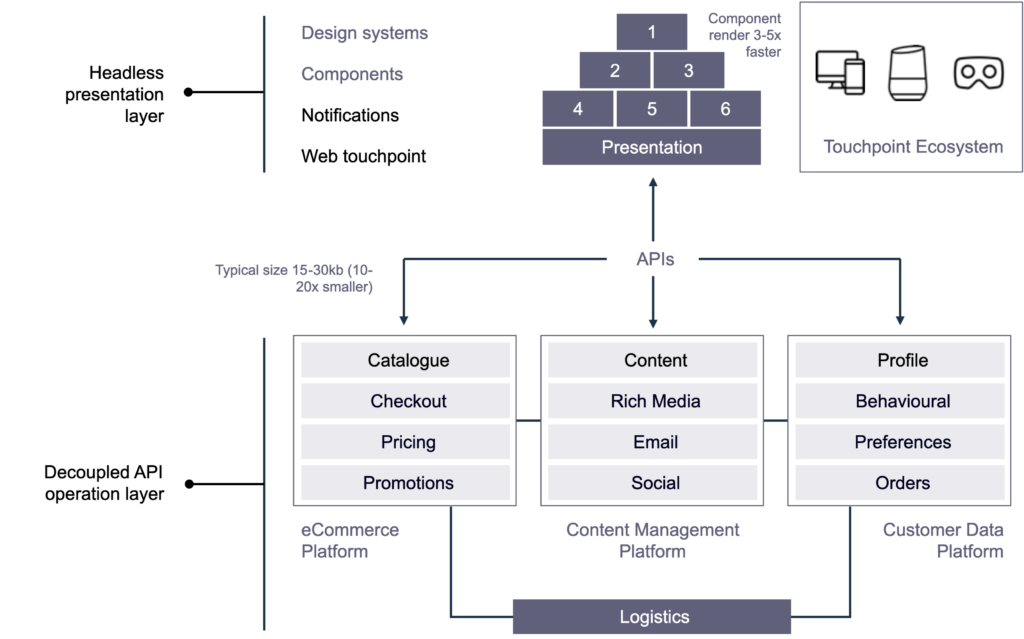
In a headless setup, the front end becomes a fully customizable presentation layer that communicates with back-end systems through APIs. This means teams can redesign, localize, or test experiences without rewriting business logic or disrupting the entire stack.
Progressive Web Apps (PWA) complement this architecture by delivering app-like performance and usability through the browser. PWAs enable capabilities such as offline access, push notifications, and install-to-home functionality without requiring users to download anything from an app store.
| Function | Traditional Webpage | PWA | Native APP |
|---|---|---|---|
| Offline access | Not feasible | Feasible | Feasible |
| Push Notifications | Not feasible | Feasible | Feasible |
| Install to desktop | Not feasible | Feasible | Feasible |
| Update cost | / | Low | High (review required) |
Combined, headless and PWA enable brands to build agile, mobile-first shopping experiences that are easier to maintain, faster to deploy, and more resilient in global environments.
3. Should you go Headless? A Decision Framework
Not every business needs the same solution—and not every headless approach is created equal. Choosing the right architecture depends on your internal capabilities, your market goals, and how quickly you need to move. Here’s a simple framework based on common business scenarios:
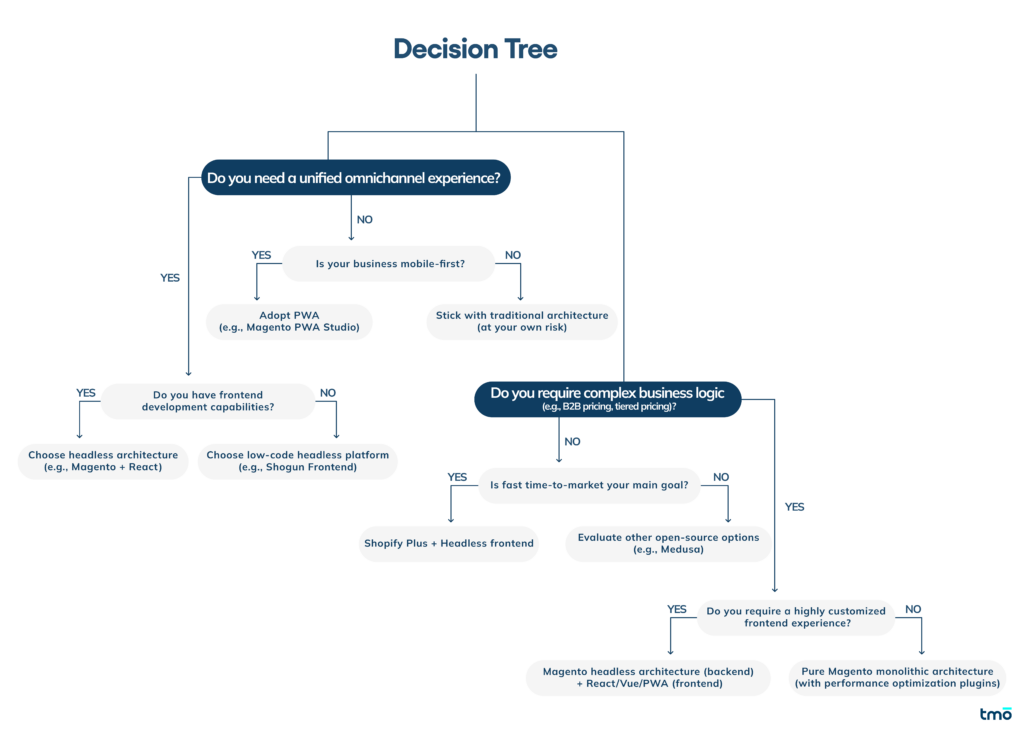
Scenario 1: You’re a lean team that needs to move fast
- Use: Shopify Plus + Hydrogen (or other pre-integrated headless frontend frameworks)
- Why: Offers scalability with minimal DevOps complexity. Great for rapid testing and deployment.
Scenario 2: You want full control and have technical resources
- Use: Magento or Adobe Commerce + React/Vue + GraphQL
- Why: High flexibility and customizability for complex use cases, from B2B workflows to regional storefront logic.
Scenario 3: You’re scaling omnichannel experiences
- Use: Adobe Commerce + AEM stack or headless CMS integration
- Why: Centralizes content and commerce across multiple digital touchpoints.
Scenario 4: You need mobile-first UX but have limited budget
- Use: PWA theme + traditional back-end (Shopify Advanced or Magento Open Source)
- Why: Delivers a fast mobile experience with limited infrastructure overhaul.
The bottom line: headless and PWA offer flexibility and power, but they aren’t one-size-fits-all. The smartest approach is to align your technology stack with your real business constraints and future roadmap.
From Magento to Shopify Plus, TMO helps brands future-proof their operations with custom headless and PWA builds tailored to complex business needs.
4. Performance & Cost Trade-offs: What to Expect
Headless commerce and PWA solutions offer clear advantages in flexibility and scalability—but they also come with trade-offs in cost, complexity, and time-to-value. Making the right choice means understanding both sides of the equation.
| Architecture Type | Initial investment | 3-year TCO (Total Cost of Ownership) | Applicable scenarios |
|---|---|---|---|
| Traditional Monolithic Architecture | US $75,000+ | US $300,000+ | Small scale, single market, low iteration requirements |
| Headless eCommerce + self-developed front-end | US $175,000+ | US $400,000 | Medium and large enterprises, omni-channel, high customization |
| Headless e-commerce + low-code front-end | US $100,000+ | US $250,000 | Small and medium-sized enterprises, fast launch, medium customization |
| PWA + traditional backend | US $85,000+ | US $200,000 | Mobile-first, budget-constrained |
- Upfront investment: Traditional platforms may seem cheaper at first glance, but their long-term maintenance costs (frequent workarounds, slower deployments, and performance fixes) can quickly add up. Headless and PWA architectures typically require more upfront planning and development, but pay off in stability and adaptability over time.
- Development velocity: Once implemented, decoupled systems empower front-end teams to iterate independently. This reduces bottlenecks and accelerates campaign rollouts, localized experiences, and UX testing.
- Hosting and infrastructure: Shopify Plus with Oxygen, or platforms like Vercel or Netlify for custom front-ends, streamline hosting for headless setups. Magento deployments may require more DevOps resources but offer more control.
Use Case: A fast-growing B2B brand switches from a traditional Magento build to a decoupled architecture. Although initial development takes longer, they reduce time-to-launch for new features by over 50%, while improving checkout speed across markets.
Ultimately, the total cost of ownership (TCO) should reflect not just implementation costs, but how efficiently the system supports your business as it evolves. Brands focused solely on the cheapest setup often end up paying more in agility and missed opportunity.
5. Trends Shaping Headless Commerce in 2025
As headless and PWA adoption grows, a new wave of technologies is reshaping how brands design and deliver digital experiences. Here are three key trends influencing the next generation of eCommerce infrastructure:
1. Low-Code Headless Platforms
- Tools like Shogun Frontend and Builder.io allow teams with limited development resources to create custom storefronts with drag-and-drop interfaces. This democratizes headless innovation and significantly reduces time to market.
- Use Case: A startup in the home & living category uses Shogun to launch localized sites in Southeast Asia without hiring a full development team and cutting launch time considerably.
2. AI-Personalized Frontends
- With integrations like Next.js + AI engines (e.g., TensorFlow.js), brands can dynamically adjust site content and layout in real time based on user behavior, device type, or location.
- Use Case: A fashion retailer displays different product categories and banners depending on whether a visitor is browsing from an urban desktop environment or a mobile device in a rural area.
3. Edge Computing and Jamstack Deployments
- Frameworks like Vercel, Netlify, and CDNs with edge logic offer lightning-fast performance by distributing content closer to users. Combined with headless architecture, this results in sub-second load times and higher security.
- Use Case: A luxury brand handling global traffic uses edge functions to deliver instant page loads and prevent DDoS attacks during peak campaigns like Black Friday.

Together, these trends push headless beyond just architecture and shape how brands innovate, personalize, and scale digital commerce experiences in real time.
6. A Phased Approach: Build for What’s Coming Next
Headless commerce and PWA are no longer fringe technologies—they’re rapidly becoming the standard for businesses serious about scaling, with 65% of global brands now leveraging headless ecommerce for multi-experience delivery. By decoupling the frontend from the backend and embracing modern frameworks and deployment strategies, brands can move faster, serve customers better, and compete more effectively across markets.
Still, knowing where to begin can feel overwhelming. Legacy systems, resource limitations, and competing priorities often delay transformation. That’s why we’ve outlined a step-by-step action guide below designed to help you assess your readiness and plan a phased migration to a future-ready architecture.
1. Current situation diagnosis: Is your architecture experiencing a “twilight period”?
Red flags:
- Each revision requires coordination with more than 3 teams
- Adding new channels (such as TikTok Shop) requires rewriting 80% of the code
- Page loading speed > 3 seconds
2. Migration roadmap: low-cost and smooth transition
- Phase 1 (1–3 months): Use PWA to transform the mobile experience and prioritize conversion rates. Tool recommendations: Magento PWA Studio, Vue Storefront
- Phase 2 (4–6 months): Make core business modules (such as product management and order processing) API-based
- Phase 3 (7–12 months): Full migration to headless architecture to achieve complete decoupling of front-end and back-end
Future-proofing isn’t about jumping on trends, it’s about building an adaptable foundation that evolves with your business. Whether you're looking to improve performance, streamline expansion, or gradually transition to a modern architecture, a phased approach is often the most effective. If you want to explore how TMO can support the phased future-proofing of your eCommerce stack, get in touch with us for a personalized discussion.

